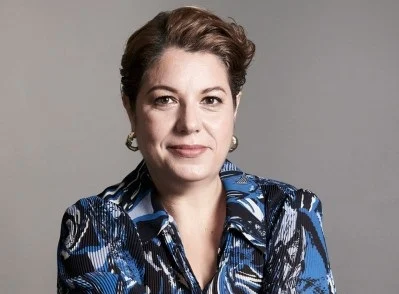
By Jonathan Lombardo, senior vice president of fixed income sales, derivatives, funding & financing at Eurex
By Jonathan Lombardo, senior vice president of fixed income sales, derivatives, funding & financing at Eurex
The CCP view
CCPs’ are primarily focused on managing risks, and this means handling large amounts of collateral collected as margin from clients. Ensuring the safety of this collateral is thus our primary concern, from a CCP perspective. A large proportion – normally around half – of this collateral is cash, and we hold a banking license in order to be able to deposit this cash with a central bank. Lending it back to the members that posted it with us – perhaps via reverse repo transactions – could potentially cause an issue in the case of a member defaulting. Aside from cash, we also, of course, accept a broad range of other collateral. This helps us, in terms of diversifying our risks, and our clients, in terms of allowing to stay as fully invested as possible. So, in terms of collateral optimization, from our CCP perspective, this generally refers to ensuing the safety of the collateral that members post with us.
Optimization and technological change
Digitisation and automation are playing an ever more important role in our business. Our members are constantly trading, and these trades must be collateralised in light of moving markets and the value of all their previous trades. Technology can thus help us calculate the value of new trades in real time.The digitalisation of collateral is one rapidly advancing area that is very exciting for us. In a CCP environment, digitalised securities could be moved and utilised without the physical securities themselves moving. CCPs provide the ideal venue for this as they are already a very highly regulated environment.
The changing environment for buy-side clients
New opportunities are opening up for buy-side clients in a number of respects. For instance, with respect to collateral optimisation, it is increasingly possible for firms buy-side firms to lend their high quality assets tout to generate extra alpha – for instance, to emerging market funds that have many assets that we do not, at present, accept as collateral. This represents a huge opportunity for buy-side firms to boost efficiency as firmly bilateral relationships are brought under the auspices of the CCP.
There are also growing opportunities for these firms to reduce the fragmentation of collateral across a single currency. For instance, with the move to central clearing across a range of different asset classes, formerly separate pool of collateral can be brought together and, when risk offsets are properly correlated, the level of margin required can sometimes be greatly reduced.
The rise of ESG
Of course, clients want us to be able to accept as broad a range of collateral as possible and questions around new asset classes now often pertain to the latest ESG products. From our perspective, these assets are treated the same – we need to ask questions such as how liquid are they, and could we easily achieve a fair price for them, if need be?
ESG will increasing play a pivotal role in the development and evolution of all funding and financing activities. As an example, for the securities lending market, Eurex looks to enable Agent Lenders, as well as their Beneficial Owners, the ability to adapt to ESG Collateral Management requirements within the existing eligibility and service offered by Tri-party Collateral Agents. For the Repo market, Eurex looks to enable banks and buy-side Repo and GC Pooling participants the ability to adapt to ESG trading strategies within the existing product range based on existing ECB and ESG eligibility criteria.
The international landscape
The US is ahead of Europe in some respects, for example in terms of the mandatory central clearing o derivatives contracts. But we have to deal with 28 different regulators, so things can work a little differently in Europe. Another area where Europe needs to improve is improving buy-side access to securities lending and repo. We do have established models in place for this at Eurex, but there is still some way to go.
One way we can compensate is by seeking to be more innovative. We pride ourselves on this at Eurex, and there are countless example of where we have harnessed the power of innovation to deliver for our clients. For instance, we created Total Return Futures to provide a futures version of what is available in the total return swaps markets.


